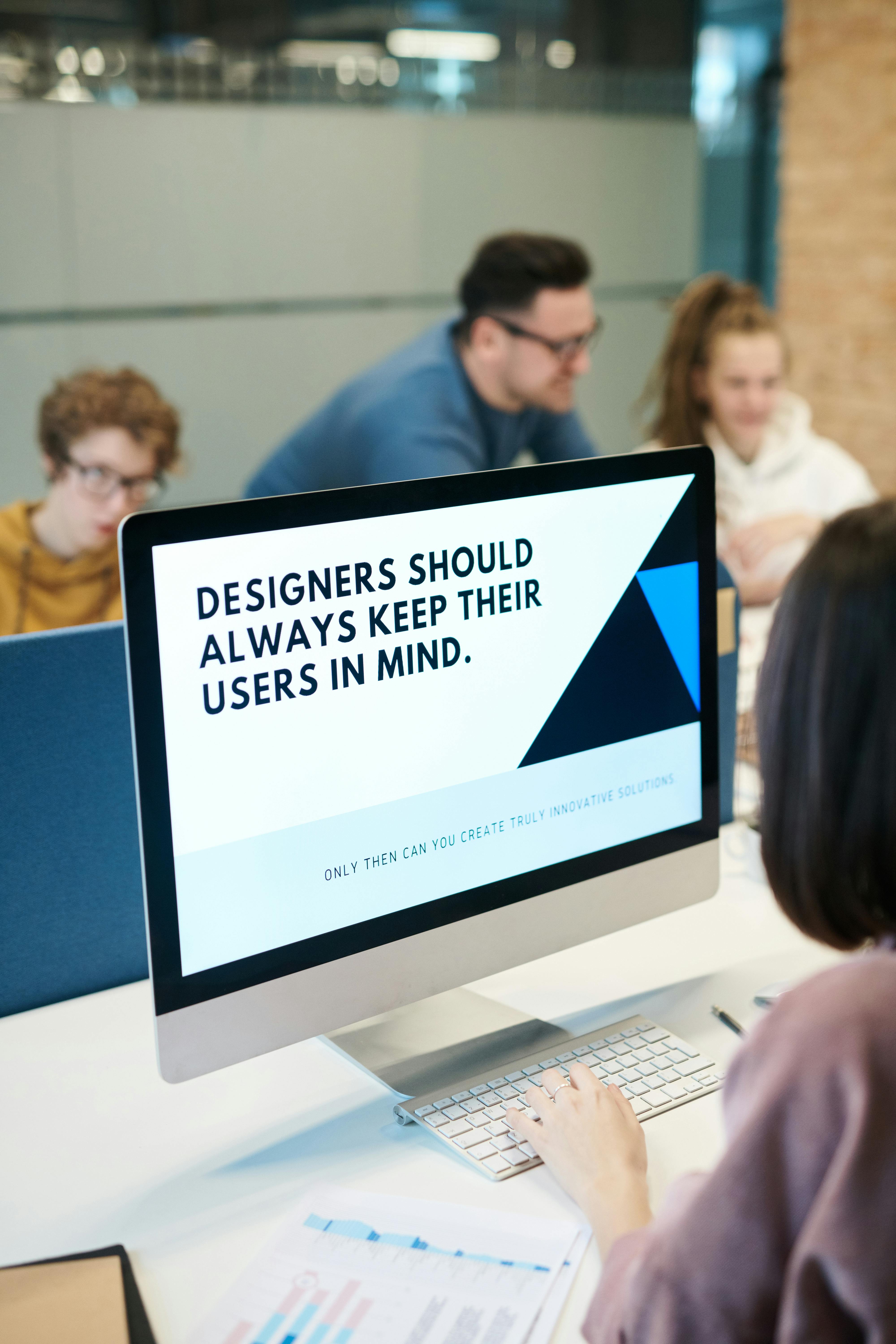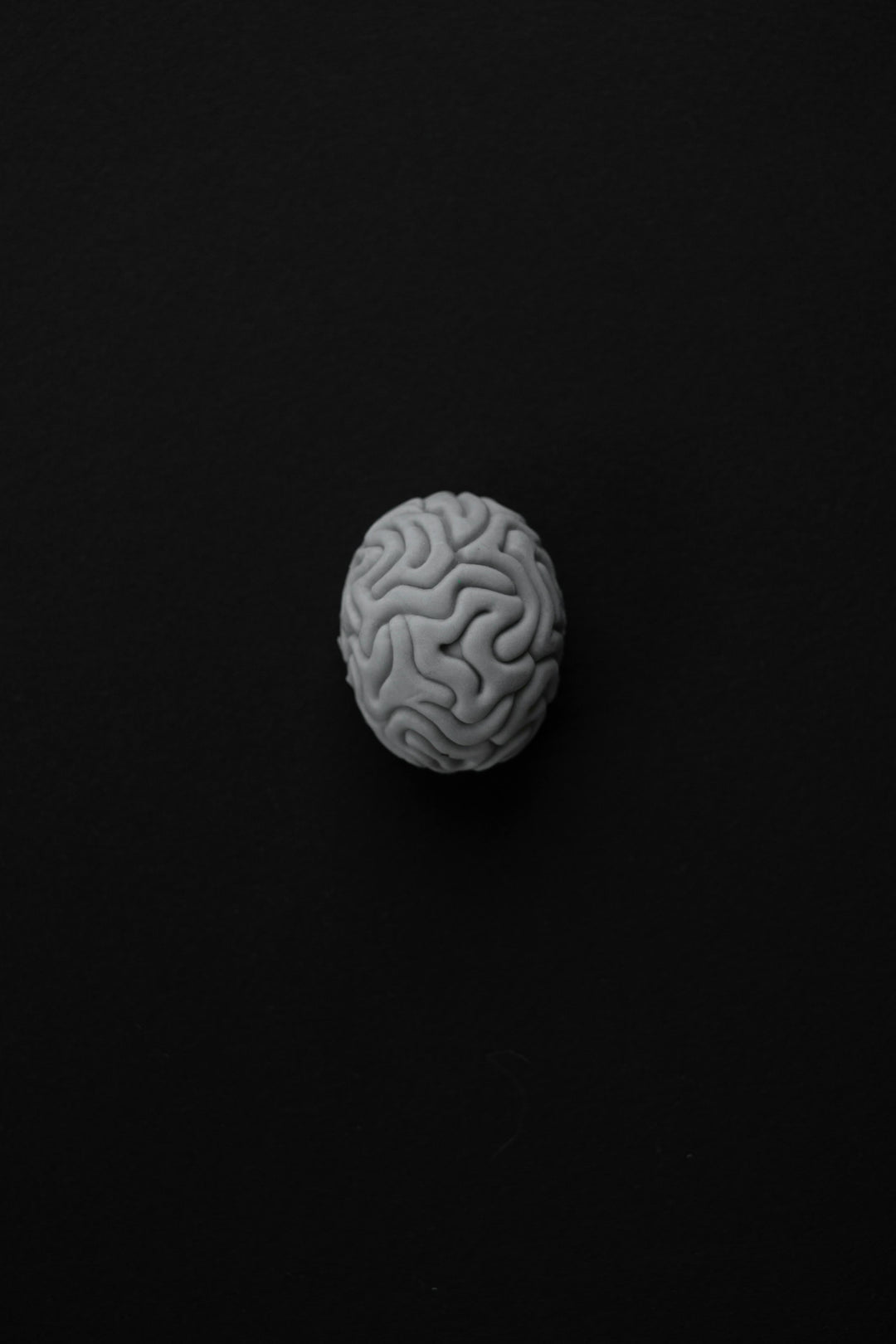Trade shows bring together people from all walks of life, and your booth should welcome every one of them. Designing for accessibility isn't just about compliance—it's about creating an inclusive environment where every attendee, regardless of ability, feels valued and can engage with your brand.
In this guide, we'll explore how to design accessible trade show booths that align with industry standards, enhance visitor experience, and ultimately improve your ROI. KSM Exhibits leads the way with booth designs that balance aesthetics, function, and inclusivity.
Why Accessibility in Trade Show Booth Design Matters
1. Legal Compliance
Accessibility requirements such as the Americans with Disabilities Act (ADA) provide specific guidelines to ensure spaces are usable by individuals with disabilities. Non-compliance can result in fines and a damaged brand reputation.
2. Ethical and Inclusive Branding
Creating inclusive booths signals your brand's commitment to equity and corporate social responsibility. It humanizes your business and builds trust with a wider audience.
3. Improved Engagement and Reach
The more people who can comfortably interact with your booth, the greater your lead potential. Accessibility expands your reach, helping you connect with more prospects.
Key Elements of Accessible Booth Design
1. Wide Aisles and Clear Pathways
Ensure your booth layout accommodates wheelchairs, mobility scooters, and other assistive devices. A minimum of 36 inches of aisle width is recommended, but wider pathways (up to 48 inches) are more accommodating for two-way traffic.
2. Accessible Counters and Tables
Include low-profile counters (34 inches or lower) to allow easier reach for seated individuals. Consider height-adjustable display tables to serve diverse user needs.
3. Visual Accessibility
Use high-contrast color schemes and large, easy-to-read fonts. Supplement text with pictograms where appropriate. Ensure your signage is readable from a variety of heights and distances.
4. Audio and Sensory Accommodations
Provide transcripts for audio content and ensure videos have closed captions. Avoid excessive lighting or sound that may overwhelm attendees with sensory sensitivities. Offer noise-canceling headphones or quiet spaces when possible.
5. Interactive and Tactile Features
Incorporate tactile models or braille descriptions for products. Touch-friendly and intuitive interfaces make technology more accessible.
6. Seating and Rest Zones
Provide seating areas within or near your booth for visitors who may need to rest. Ensure the seating is varied in height and support level.
Inclusive Design Best Practices
Start with Empathy
Design with the assumption that your visitors will have a variety of needs. Talk to users with different abilities during your design phase, or consult with accessibility experts.
Avoid Relying on One Medium
If you're using video, also offer a transcript. If you're using digital screens, provide physical brochures. Provide multiple ways for users to engage with content.
Staff Training Matters
Educate your booth staff on how to assist people with disabilities respectfully. They should know how to offer help without being intrusive and understand the layout and accessible features of your booth.
Test Before the Show
Do a mock setup and run accessibility checks before your exhibit hits the floor. Use accessibility checklists to ensure nothing is overlooked.
Trends in Accessible Exhibit Design
1. Touch-Free Technology
Voice-activated kiosks, QR codes, and motion sensors enable hygienic and accessible interaction.
2. Augmented Reality (AR) with Accessibility Features
AR experiences now come with text-to-speech, customizable contrast, and audio descriptions, making them inclusive by design.
3. Modular, Adaptable Booths
Flexible booth elements allow adjustments on the fly—whether it's changing the layout for a wheelchair user or adjusting display heights.
4. Inclusive Brand Messaging
Many exhibitors are aligning their visuals and storytelling with themes of inclusivity and belonging, both in content and design.
Case Study: Accessibility in Action with KSM Exhibits
A recent KSM Exhibits client in the healthcare sector needed a booth that complied with strict accessibility guidelines. We designed a layout with wide aisles, seated interaction zones, height-adjustable demo stations, braille labeling, and screen readers for digital content. The result? Not only did the booth meet ADA standards, but it also received praise from attendees and helped the client increase booth dwell time by 28%.
Actionable Tips for Your Next Accessible Booth
-
Start early: Accessibility should be a design priority from day one.
-
Audit your layout: Use checklists to review pathway widths, signage, and reachability.
-
Think multi-sensory: Visuals, sounds, textures, and even scents can be used inclusively.
-
Consult professionals: Hire accessibility experts or firms like KSM Exhibits to ensure best practices.
-
Gather feedback: Post-show surveys from diverse visitors help refine your approach.
Why Choose KSM Exhibits for Accessible Booth Design?
At KSM Exhibits, we don’t see accessibility as a box to check—we see it as an opportunity to innovate. Our team combines deep knowledge of trade show logistics, creative design, and ADA compliance to build booths that are visually striking and welcoming to all.
We design, fabricate, and manage booth experiences that honor every attendee's experience. Whether you're starting from scratch or adapting an existing design, we'll help you make inclusivity your competitive edge.
Ready to Make Your Booth Accessible and Impactful?
Let’s work together to build an inclusive trade show experience that resonates with every attendee. Contact KSM Exhibits today to get started on a custom booth design that stands out for all the right reasons.
Contact us for a consultation and discover how accessibility can elevate your brand presence.





